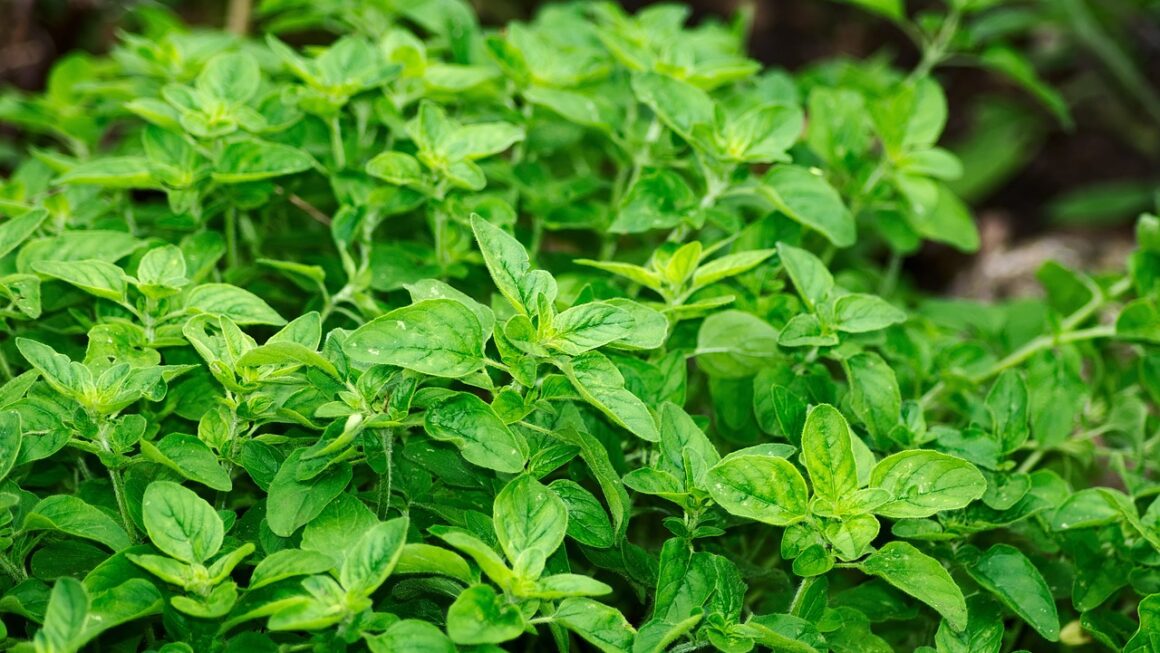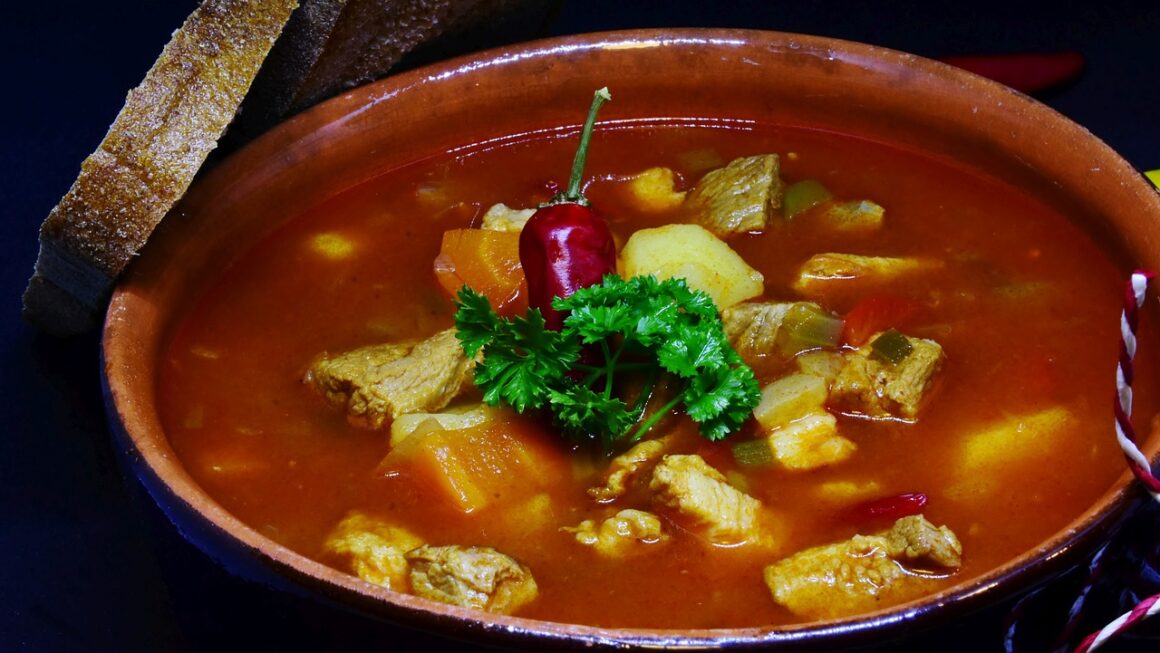When you open up your pantry, you may see a variety of ingredients that you use to create delicious meals every day. But have you ever stopped to think about the science behind these ingredients? From the flour you use for baking to the spices that add flavor to your dishes, each ingredient has been carefully crafted by nature and science to provide you with the best possible culinary experience.
Let’s start with flour, one of the most common ingredients found in pantries around the world. Flour is made by grinding grains such as wheat, corn, or rice into a fine powder. This process breaks down the grain into smaller particles, which allows it to absorb water and form a dough when mixed with liquid. The science behind flour lies in its protein content, specifically gluten. Gluten is a protein that gives dough its elastic properties, allowing it to stretch and rise when baked. Different types of flour have different gluten content, which is why some are better suited for baking bread while others are better for making pastries.
Next, let’s look at sugar, another staple ingredient in most pantries. Sugar is a simple carbohydrate that provides sweetness and flavor to dishes. When sugar is heated, it caramelizes and turns golden brown, creating a rich, complex flavor. In baking, sugar plays a crucial role in tenderizing and moistening baked goods, as well as providing structure and color to the final product. The science behind sugar lies in its ability to interact with other ingredients in a recipe, such as eggs and butter, to create a perfect balance of sweetness and texture in the finished dish.
Moving on to spices, these small but powerful ingredients can completely transform the flavor of a dish. Spices are derived from the seeds, berries, bark, or roots of plants and are packed with essential oils that give them their characteristic flavors and aromas. For example, cinnamon is made from the inner bark of the Cinnamomum tree and has a warm, sweet flavor that is perfect for adding to baked goods and savory dishes alike. The science behind spices lies in the volatile compounds that give them their distinct flavors. These compounds evaporate when exposed to heat, releasing their aromatic essence and infusing the dish with rich, complex flavors.
Lastly, let’s not forget about fats, such as butter and oils, which are essential for cooking and baking. Fats provide richness and flavor to dishes, as well as helping to create a tender and moist texture. In baking, fats coat the gluten proteins in flour, preventing them from forming strong gluten strands, which can make baked goods tough. The science behind fats lies in their chemical structure, which consists of long chains of fatty acids that can be saturated or unsaturated. Saturated fats, such as butter, are solid at room temperature and are used for baking and cooking, while unsaturated fats, such as vegetable oils, are liquid at room temperature and are used for dressings and sautéing.
In conclusion, the ingredients in your pantry may seem simple, but they are actually complex and intricate creations of nature and science. From the protein in flour to the essential oils in spices, each ingredient has been carefully crafted to provide you with the perfect balance of flavor, texture, and aroma in your dishes. So the next time you reach for that bag of flour or jar of spices, take a moment to appreciate the science behind these humble ingredients and the role they play in creating the culinary masterpieces that fill your kitchen.




